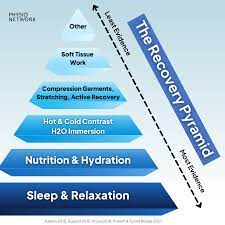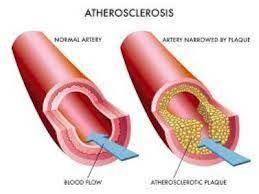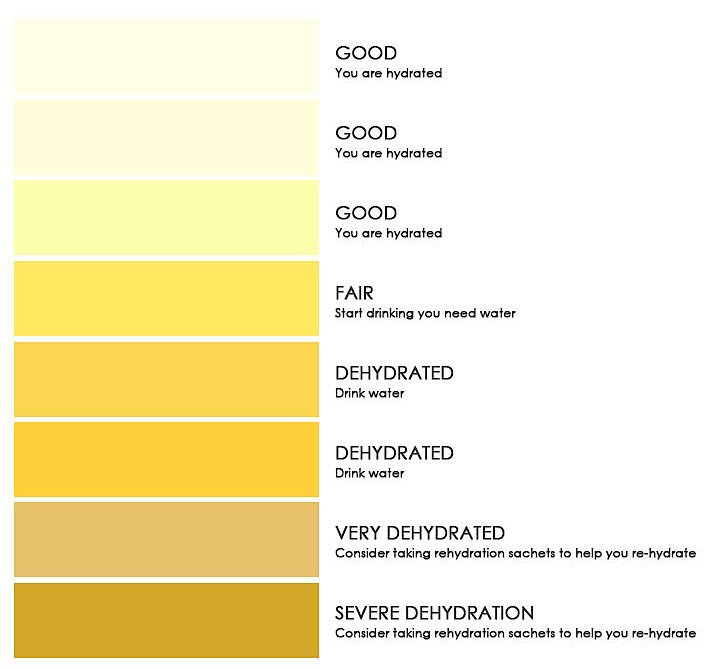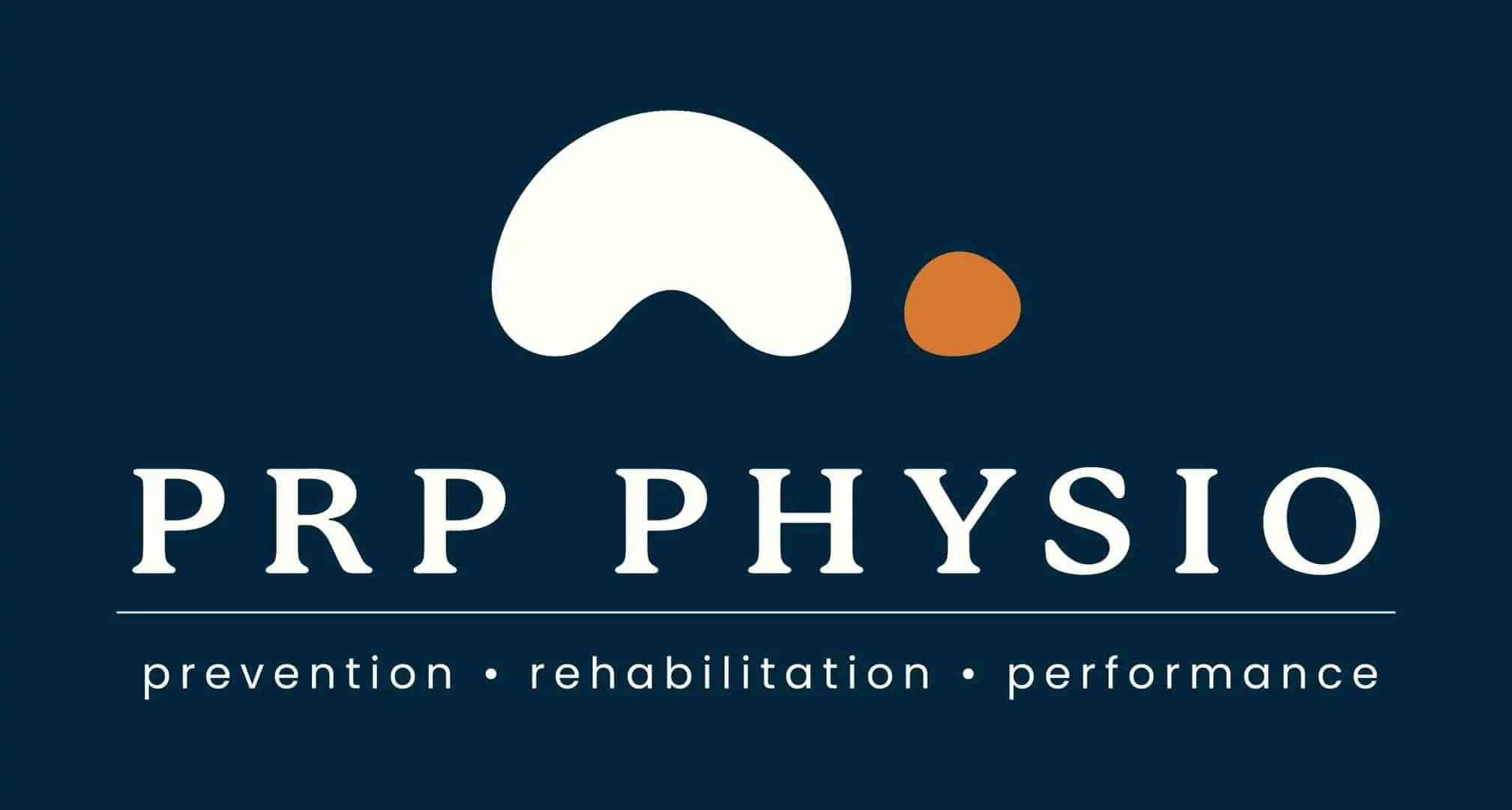06 Sep 7 Causes and Best Cures for the Dreaded Muscle Cramps
What is a cramp?
A muscle cramp is a sudden and involuntary contraction of one or more muscles. They can occur randomly at night, or more commonly during or after a sporting event. While in the long term they are harmless, it essentially results in no use of the affected muscle for that period of time. Muscle cramps may sometimes be referred to as charley horse (which I never knew until now – according to Google it started as an American Baseball reference). Leg cramps are the most common, with the calves the most commonly affected muscle.
What causes cramps?
If I knew the answer I’d never have to deal with soccer players dealing with leg cramps ever, but I still deal with it on a relatively common basis. From the research there currently appears to be a few factors leading towards the development of muscle cramps. Overuse, dehydration, muscle damage, or simply maintaining a static position can lead to muscle cramps. I would say dehydration and overuse are probably the two most common that I see. This may be due to the predominant area of my work being with athletes, across a more general population sample my answer may change.
How can I prevent cramps?
Sleep and Rest
The number one and most underappreciated recovery tool out there. All those IG influencers can spend thousands on Normatecs and private cryotherapy chambers, but if they are only getting 4-5hrs of sleep per night because they have to “be on that grind”, it’s all meaningless. Sleep and rest is where the body recovers and makes itself stronger and more resilient. If you are wanting your muscles to become stronger and be able to perform for longer, and therefore help prevent the dreaded muscle cramp during a sprint, you need to be aiming for about 8hrs of sleep per night. Other adjuncts like Normatec and cryotherapy chambers provide such a miniscule benefit in comparison to proper rest and recovery.

Hydration and Nutrition
giving your body what it needs to actually go out there and perform is vital if you want to avoid leg cramps. Would you put cheap fuel in a Ferrari and expect it to perform at its best? Of course not, you’d put premium fuel to get the most out of it. So why do we so often see people who are wanting to get 110% out of their bodies each and every week having the diet of someone who doesn’t compete in sport. That KFC chicken tenders box, while somewhat delicious, probably doesn’t help you out much in terms of preventing muscle cramps of performing to your best.
We need to start thinking of hydration in the same manner as we do food and nutrition. I hear stories of people who drink Coke, Pepsi, Fanta, or any other soft drink, or who have 3 or 4 or more beers every night, but they only have maybe a litre of water a day. And then they wonder why they can’t perform on the sporting field on weekends and get leg cramps at the 70 minute mark. Hydration isn’t just a on the day task, it needs to be done day in day out. If you are dehydrated, that takes time for your body to catch up, you can’t just simply drink 5L of water and “catch up”. Your body needs time to absorb the water (which it can only do about 1L per hour) and process and flush it throughout your system.
Stretching and Mobility
Maintaining muscular and neural system mobility another pretty key factor in preventing muscle cramps. Muscle mobility helps to reduce any overload if you are working into different ranges of motion or a sudden overload. Neural mobility is pretty important to differentiate from muscle flexibility. Sometimes, clients can experience “tight hamstrings” but really they have neural tension through the sciatic nerve that may be restricting their range of motion. Neural glides are a great way of working on nerve mobility. If you can maintain your mobility through these two pretty key areas you can go a fair way to helping prevent any leg cramps.
Load Management
I feel like this is an answer I give for everything, but for muscle cramps it is so vital. Suddenly increasing your workload way above what you are capable of doing and performing is a recipe for disaster. Have you had a 3 week layoff from injury, done no training, and then wondered why when you came back on the weekend and got some wicked leg cramps and wondered why? I can almost guarantee you this would have been it. Your body adjusted to the time off and went “my body doesn’t need all of that muscle so at the moment it’s more efficient for me not to have it” and so it just kind of went. It’s important when you have time off for an injury you find a way to stay active and moving to prevent any sudden spikes training load.
Risk factors for muscle cramps
Inadequate blood supply
Narrowing of the arteries in certain conditions and presentations such as arteriosclerosis of the lower limbs can produce muscle cramp like sensations in the lower limb. For people with these types of presentations it’s important to discuss this with your GP and nail your medical management, talk with a dietitian to see if there’s any dietary changes you can make, as well as understand how long you are able to exercise prior to the onset of muscle cramps.

Nerve compression
Whilst lumbar spinal stenosis isn’t one of the most common back pain presentations out there it’s certainly prevalent amongst older populations. This can cause muscle cramp like sensations with long periods of walking. For these clients, it’s usually best to walk with a slightly flexed back – think like you are walking along with a trolley pushing it with your elbows. This slight flexion through the lumbar spine opens up through the affected areas and alleviates nerve compression.
Age
Unfortunately we aren’t invincible forever and the old saying of “use it or lose it” 100% applies to muscle mass. Unless we maintain consistent and great exercise regimes as we get older we will inevitably lose muscle mass. How does this relate to cramps though? Ultimately less muscle mass means less muscle to do the work – so it is easier for that remaining muscle belly to become overstressed and result in a muscle cramp.
Dehydration
Drinking water isn’t sexy, it isn’t flavoured, it doesn’t have a great taste, it doesn’t pick me up like an espresso or long black does, but I’d still say it’s pretty vital. Dehydration is likely one of the more common causes of muscle cramps, particularly in athletes. I think it’s very easy to underestimate just how much water we need to consume every day, particularly if we are active people. For myself personally, as someone who runs approximately 45km per week and cycles 250-300km a week I try to aim for a baseline of 3-4L a day, and on a longer ride day I’d maybe aim for around 4-4.5L. The best way to measure your hydration is via urine colour, it shouldn’t be completely clear, but anything that is dark and has a strong smell is not great. The best colour to aim for is a yellowish to amber colour.

Mineral depletion
While on the topic of hydration let’s also talk about minerals and electrolytes. These are pretty damn important for being able to perform to your maximum capacity. Without them, leg cramps, or other muscle cramps are pretty certain to follow. Potassium, calcium, magnesium, and sodium, are probably the most needed ones to perform well, all of these are important in allowing the body to produce muscle contractions. Once you are out, it’s pretty hard to play catch up. Utilising strategies such as electrolyte tablets or drinks prior to your sporting event can be a great way to boost your supplies prior to performing.
Pregnancy
As if pregnancy itself wasn’t hard enough, producing a living being inside of you and having to carry it around but then add on the risk of muscle cramps? I have to say I’m relatively glad that’s not one that I will have to deal with in my lifetime. For my potential future wife though? The risk of the random leg cramps are there. Nobody is particularly certain on why this occurs but the two most common theories appear to be related due to the extra weight being carried on a daily basis, as well as changes to the blood flow and circulation. The growing baby may put pressure on the nerves and blood vessels that feed to the lower limb resulting in leg cramps. They also potentially theorise that there are changes to the way that the body processes calcium, which may result in low calcium levels causing leg cramps.
Other medical conditions
Those of you out there with diabetes (type 1 or 2), and nerve, liver, or thyroid disorders also appear to be at an increased risk of suffering from muscle cramps.
How do you stop a cramp?
Let’s say you are on the sporting field and you come down with a cramp – basically your one and only option is to stretch, and secondly maybe say a few prayers and hope it goes away quick. Try to get the stretch into the muscle as soon as possible and get a teammate to help you if possible. The quicker you can start treating leg cramps the better. If you are able to get up and start moving around and stretching the muscle cramp in a standing position you get bonus points.
Treatments for muscle cramps
Stretching
Stretches are the absolute go to for treating a muscle cramp. The most typical areas for a cramp is the calves and they can be a real pain sometimes. Gently stretching your calves by standing and bending your knee slightly
, or if you are on your back lift your leg up and have a friend pull your toes back to stretch the calf.
Massage
Getting someone to massage out your leg cramp can help to get the muscle to relax a little bit more. It might not completely settle everything down but it should get you moving around a little bit easer. Personally I prefer to use a heat cream such as a deepheat, dencorub, or something along those lines.
Heat or Cold
I prefer to use heat out of the two options as I eluded to above. I find they have a much better effect on muscle cramps. In the past I have found sometimes people can tighten up because of the ice and the cold, whereas the benefit it supplies is a reduction in pain – though I think this may be mostly due to a numbing effect than anything else. Whereas heat will promote blood flow to the area to help promote circulation, clearance of lactate, and help maximise the effect of the massage by relaxing the nervous system and muscle.
I’ve heard bananas prevent cramps, is that right?
Bananas are a great source of easily digestible potassium and carbohydrates. The reason so many people eat these before sports is that they taste pretty good, but also because they offer those two really important substances in good amounts. While they are far from the only option you can go for. Anything between about 90-30mins pre-event needs to be fast digesting – if it isn’t you potentially risk a little bit of gastrointestinal issues as your body is trying to digest food and produce high muscular performance at the same time. If you are wanting something a little more substantial I’d recommend trying to have it at about 3 or even 4hrs before your event. This usually allows enough time for digestion of the food so that it isn’t still sitting there.
In the ideal world I’d be recommending someone be having a meal with carbohydrates, proteins, and fats about 4hrs before an event, then having a snack such as a banana about an hour beforehand. And couple this with a water and electrolyte mix to try to top up on those prior to asking your body to produce its maximum performance.

- Lifting Technique “Never Lift with a Bent Back” – Why Those Words Make me Shudder
- When should I see a Physio?
- Adductor Strains – A Footballers Worst Nightmare
- Hamstring Strains – Frustrating, Recurrent, Our process for how we can help you
- Gluteal Tendinopathy – It’s a Real Pain in the Ass
How Can we Help?
